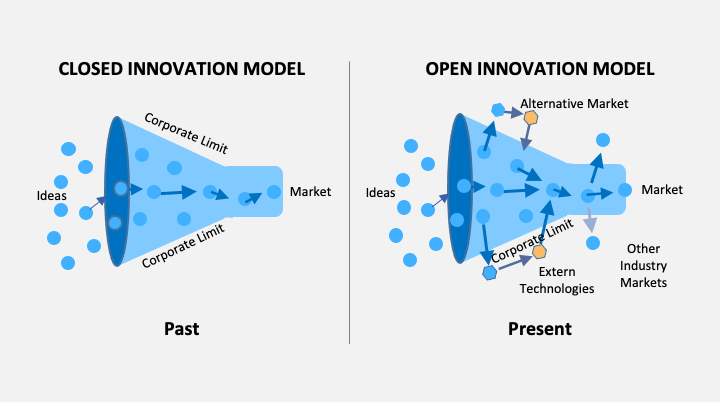There is no widely agreed definition of national innovation systems. National innovation systems are built on the assumption that understanding the interconnectedness of the actors engaged in innovation is crucial to enhancing technical performance. Innovation and technological advancement are the outcomes of a multifaceted network of connections between actors who produce, transmit, and consume various types of knowledge. The manners in which these actors interrelate with one another as components of a social system of knowledge consumption and generation, and also the technology they employ, have a significant influence on a country’s creative performance. The most prevalent actors are public research institutions, universities, and commercial enterprises, as well as the individuals who work for them.… Read the rest
International Business
International Business Management deals with the maintenance and development of a multinational operation across national borders, whose manager has the knowledge and the skills to manage and handle cross-cultural processes, stakeholders and business environments in a right way.
Why Should Organizations Strive for a Gender-Balanced Workforce?
Gender balance in organizations refers to the equal representation and participation of individuals of different genders in various positions and roles within the organization. Striving for gender balance is not only a moral imperative but also a sound business strategy. It has been proven that organizations with a diverse and inclusive workforce perform better than those with a homogeneous workforce. In this essay, we will discuss the importance of gender balance in organizations and the ways in which organizations can strive to achieve gender balance.
The Importance of Gender Balance in Organizations Gender balance in organizations is critical for several reasons.… Read the rest
Paradox of Globalization vs. Localization
In today’s continuously changing world, globalization is what every business, organization, and nation should seek and welcome as a positive change. However, many people are unaware of the main focus and meaning of globalization, especially in comparison to localization. A large number of people believe that globalization is just another common word used to refer to changes and differences that cannot be explained. Therefore, many different activities or changes are improperly labelled to be a part of or caused by globalization.
Localization is the process of adapting a product or service to a particular language, culture, and desired local preferences. Ideally, a product or service is developed so that localization is relatively easy to achieve – for example, by creating technical illustrations for manuals in which the text can easily be changed to another language.… Read the rest
Concept of Export Diversification in International Business
Earlier a country’s economic development was based either on the degree of specialization or diversification of a country’s production and trade structure. Based on Adam Smith’s concept towards the division of labor and specialization for economic growth and development to Heckscher-Ohlin Samuelson (HOS) model of international trade, countries should specialize in producing and specializing in the goods in which they have a comparative advantage. However, after the Second World War, the idea was that economic growth and development may be achieved by export diversification (not specialization). There were active efforts by the government to promote industrialization and economic growth.
Export diversification is often the primary objective of many developed countries.… Read the rest
Human Resource Management (HRM) in a Global Environment
As the organizations continue to grow globally at a rapid pace, nations are increasingly permeable to the international exchange of knowledge, capital, goods and services, giving rise to more complexities and uncertainties. Intensified rate of globalization is evident from the changing trends in foreign direct investment which is increasingly indicating a shift toward developing economies like China and India. Growing internationalization is breaking down organizational and geographical boundaries with business processes and structures undergoing complete transformation. This has brought the role of human resources to the fore as the competitiveness of these organizations is contingent on their ability to adapt and design human resource strategies that can sustain global nuances and dynamics.… Read the rest
Relevance of Sustainable Development Goals (SDGs) for Businesses and Organizations
The organizations have been focused towards adopting key business approaches and practices that would contribute towards their improved revenue as well as profitability in the marketplace. In order to achieve such strategic goals to revenue and operational growth, it is required by the management to identify and understand the changing market needs, as well as the stakeholder preferences and accordingly the internal business or operational strategies, are to be defined. Considering such need, it can be reflected that in the present marketplace there is a need for the business organization to focus towards the increased social preferences and need towards sustainability and societal development along with that of the business growth.… Read the rest
